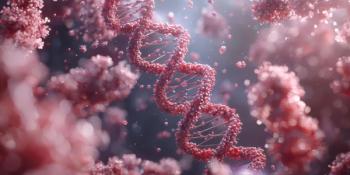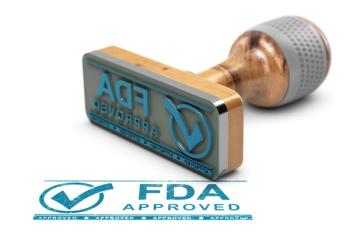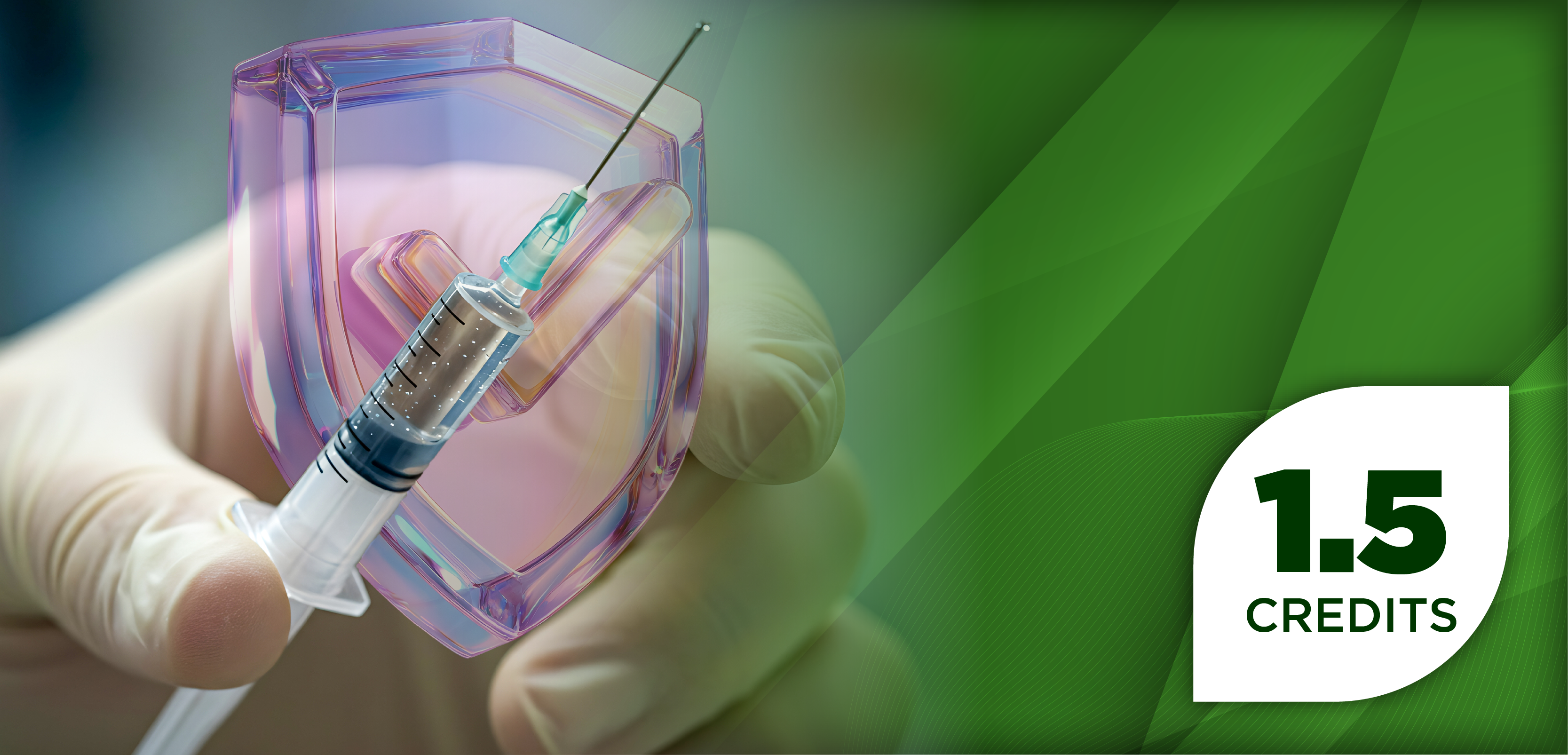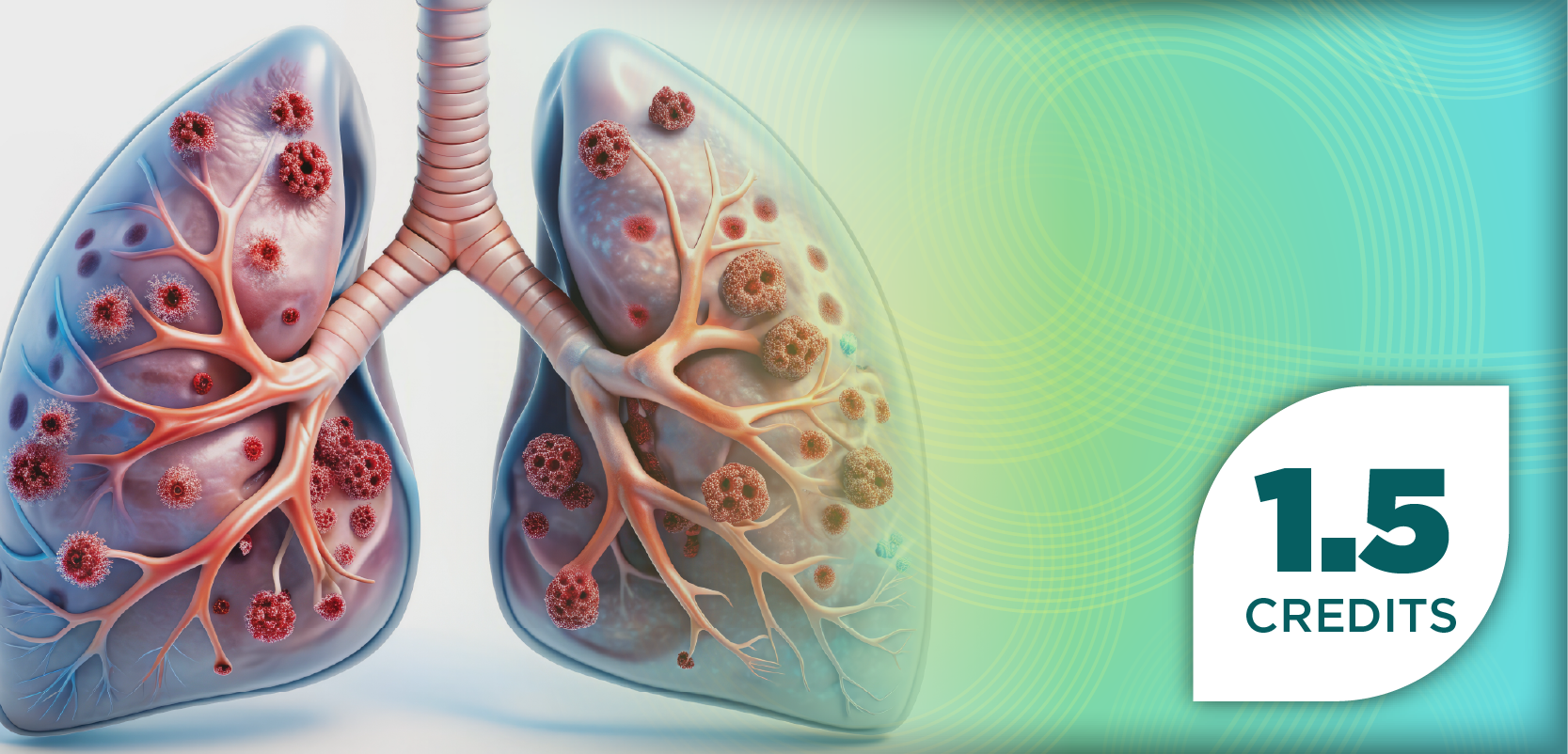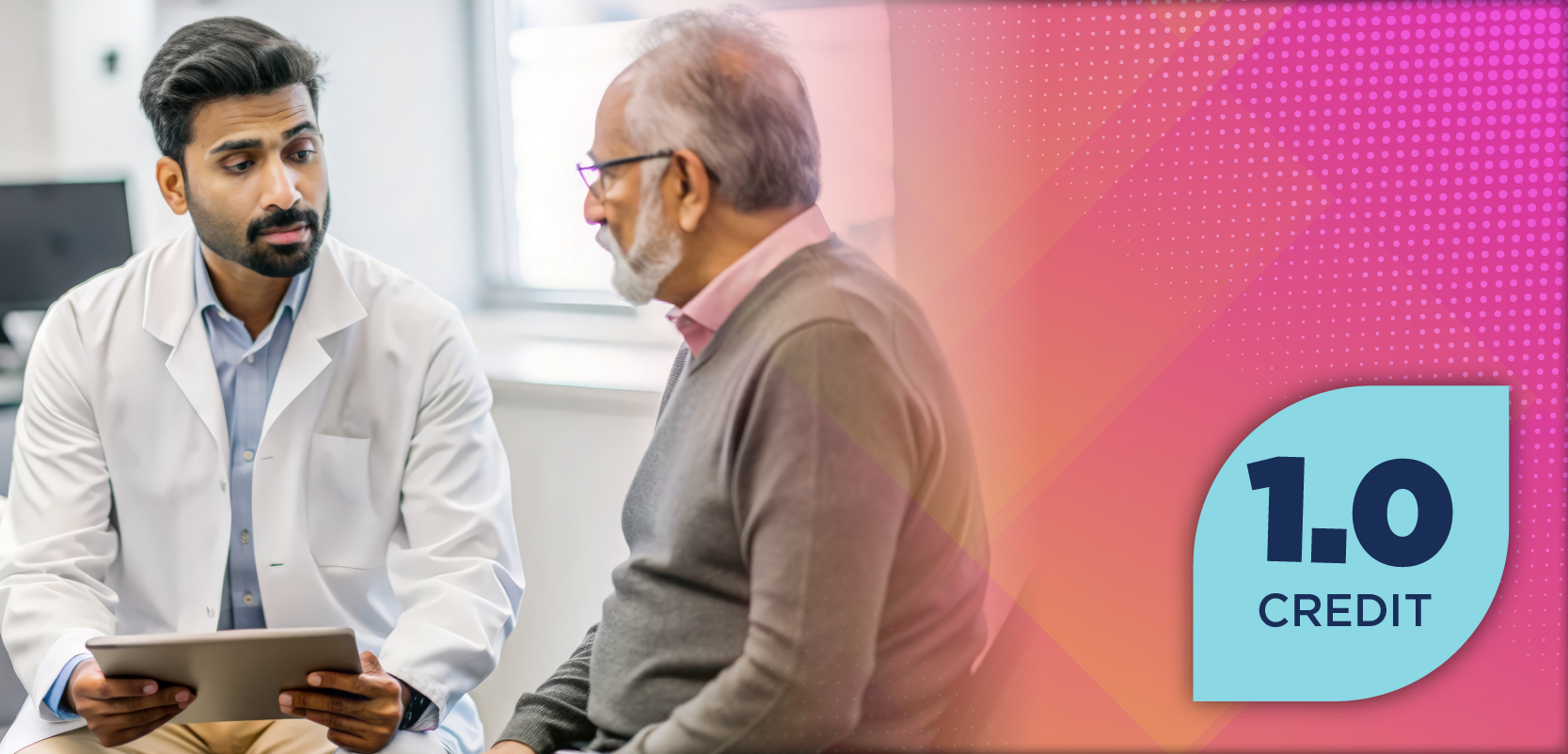
EHA 2025: Golcadomide Shows Deep Responses in High-Risk Follicular Lymphoma
Julio C. Chavez, MD, MS, discusses the distinct pharmacologic profile, clinical activity, and outpatient potential of golcadomide plus rituximab in relapsed/refractory follicular lymphoma, highlighting its selective cereblon modulation, fixed-duration dosing, and promising efficacy in heavily pretreated patients.
As the therapeutic landscape for relapsed/refractory follicular lymphoma (R/R FL) continues to expand with chemo-free regimens, a new class of agents known as cereblon E3 ligase modulators (CELMoDs) is generating interest for their selective mechanism of action and promising efficacy. Among these, golcadomide (GOLCA, Bristol Myers Squibb) is emerging as a first-in-class oral CELMoD that promotes potent degradation of Ikaros and Aiolos—transcription factors implicated in lymphomagenesis—through enhanced cereblon binding. Updated phase 1/2 data from the CC-99282-NHL-001 study (NCT03930953), presented at the 2025 European Hematology Association (EHA) Congress, revealed a complete response rate (CRR) of 63% at the 0.4 mg dose of GOLCA combined with rituximab (GOLCA-R, Rituxan; Genentech), with durable responses observed across high-risk patient subsets, including those with prior exposure to T-cell–directed therapies and lenalidomide (Revlimid; Bristol Myers Squibb).
In this interview with Pharmacy Times, Julio C. Chavez, MD, MS, associate member in the Lymphoma Section of the Department of Malignant Hematology at Moffitt Cancer Center and co-author on the EHA abstract, discusses the mechanistic distinctiveness of GOLCA compared with traditional immunomodulatory drugs, the implications of its lymphoid tissue distribution, and how its fixed-duration, oral dosing may offer a more accessible outpatient alternative to cellular and bispecific therapies. Chavez also shares insights on managing hematologic toxicities and outlines practical considerations for pharmacy teams supporting patients on GOLCA-based regimens.
Pharmacy Times: Can you elaborate on how GOLCA’s selective cereblon modulation differentiates it from traditional immunomodulatory agents such as lenalidomide, particularly in FL?
Julio C. Chavez, MD, MS: The cereblon is a key protein that participates in the ubiquitination of transcriptions factors Ikaros and Aiolos, which are key for lymphoma proliferation and survival. By GOLCA binding to the cereblon, these transcription factors are degraded. All CELMODs and immunomodulatory drugs degrade Ikaros and Aiolos; however, the affinity and potency of GOLCA is much higher than lenalidomide due to its unique structure. It is more specific and has less off target effects. Thus adverse effects such as rashes, diarrheas, or neuropathy are less common with GOLCA. However, due to on target effect, cytopenias are similar with GOLCA and lenalidomide.
Pharmacy Times: What do we know so far about GOLCA’s preferential lymphoid tissue distribution, and how might that impact pharmacokinetics or dosing strategy?
Chavez: Indirectly GOLCA has shown activity in the lymph nodes by decreased levels of Ikaros and Aiolos in peripheral blood and biopsy of lymph nodes samples. Several schedules were tested: 5 days on/2 days off, 7 days on/7 days off, and 14 days on/14 days on. The latter led to deeper Aiolos and Ikaros degradation in FL, and therefore, better efficacy.
Pharmacy Times: Neutropenia was the most common grade 3/4 adverse event. What risk mitigation strategies would you recommend for outpatient pharmacy teams managing patients on GOLCA with or without rituximab?
Chavez: The neutropenia was managed with growth factors. Number of lines of prior therapy (especially prior chemotherapy) associated with neutropenia. Majority of cases we used long acting growth factors at the beginning of the cycle.
Pharmacy Times: Given the febrile neutropenia and infection-related interruptions, what role might prophylactic antimicrobials or growth factors play in supporting safe administration of GOLCA?
Chavez: We did not mandate prophylactic antibiotics (it was per institutional practice), and growth factors were strongly encouraged. I would consider prophylactic antimicrobials for patients with comorbidities, older age, and neutropenia despite growth factors and dose reductions of GOLCA.
Pharmacy Times: With CRR rates reaching 63% at the 0.4 mg dose plus rituximab, what factors do you believe contribute to the improved depth of response at this dose level?
Chavez: I think there is definitely a contribution of the greater potency with the higher dose of GOLCA and the addition of rituximab. GOLCA also has immunomodulatory effects that are enhanced with the combination.
Pharmacy Times: How do GOLCA’s response rates compare with other chemo-free regimens, such as lenalidomide plus rituximab or bispecific antibodies, particularly in patients who have received prior T-cell–directed therapy?
Chavez: The efficacy of GOLCA-R is numerically higher than lenalidomide plus rituximab, but keep in mind that patient populations were different (for lenalidomide plus rituximab second line and non-rituximab refractory, and for GOLCA-R much more heavily pre-treated). The CRR rates are comparable to bispecific antibodies (epcoritamab [Epkinly; Genmab and AbbVie] and mosunetuzumab [Lunsumio; Genentech]) which is encouraging.
Pharmacy Times: Given its oral administration and fixed duration, how might GOLCA with or without rituximab change the outpatient management model for R/R FL compared to current standard options?
Chavez: I think GOLCA is a promising option for patients who are not candidates for CAR-T for several reasons (eg, lack of caregiver, comorbidities, distance, etc). While bispecific antibodies are very effective in this setting, not all community centers are set to administer this therapy due to potential toxicities that require trained personnel. GOLCA offers a treatment option that is feasible for community center.
Newsletter
Stay informed on drug updates, treatment guidelines, and pharmacy practice trends—subscribe to Pharmacy Times for weekly clinical insights.


